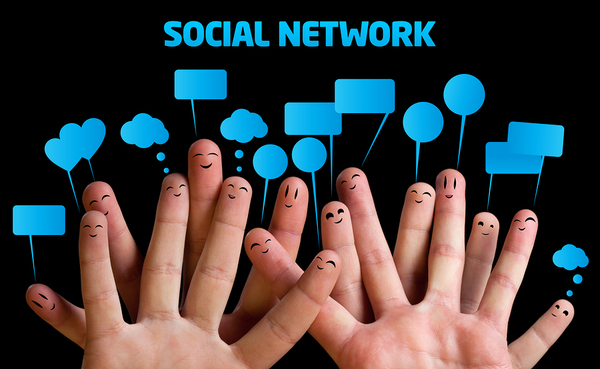Did you know that your brand story is a valuable business asset? It can be leveraged in many ways over the span of your business life, creating value for the company and those inside it, as well as for consumers.

Powerful storytelling matters in a highly competitive world, and the most important story is that of your brand itself. Every brand story is unique, and they can all be mined for valuable insights to help with your digital marketing strategy. Here are the top six characteristics of the strong brand story.
1. It Is Unique and Authentic
Your brand story is yours and yours alone. Sure, there may be many other companies competing with you, but not one of them has a story like yours. Know what makes your brand different, whether that’s the circumstances under which it was founded, who it serves, its business model, or other unique characteristics.
2. It Knows the Target Audience Well
How you tell a story should depend on whom you’re telling it to. Who are your consumers? What might they appreciate most about your brand story? Understanding your target audience is a crucial factor in your marketing strategy, and it should also influence how you tell your brand story. What medium, platform, or storytelling style resonates most with them?
3. It Describes Solutions to Problems
People love brand stories based on solutions to problems, because people are aware of their problems and want to solve them. If your brand invented a product that solved a longstanding problem, or if your business model solves a common consumer problem, tell it in your brand story. People want solutions to problems even more than they want features or benefits.

4. It Has a Beginning, Middle, and End
Identify your brand story’s beginning, middle, and end. People are emotional creatures, and when information is connected to emotions, that information sticks. Beginnings introduce people and scenarios, while middles cover complications and hurdles. The end resolves conflict, causing tension to fall away. All these elements strike satisfying emotional chords with consumers.
5. The Ending Shows a Satisfying Resolution
The “end” of your brand story has nothing to do with the end of your business. When the ending of your brand story demonstrates how problems are solved and difficulties overcome, it resonates with consumers. Don’t be afraid to add data showing results. Footwear company Toms, for example, keeps running tallies of people they have helped, making consumers feel good about their purchase.
6. The Consumer Is Ultimately the Hero of the Story
When the consumer believes that by knowing your brand, they know how to solve their problem, they feel as if you are right beside them in the struggle. Write your brand story so that the consumer feels like part of it, as a parent, a payroll administrator, a nurse, or just someone who wants to buy clothes that fit. Consumers that feel understood also tend to feel loyal.
Brand storytelling is powerful, and even if many other companies do what yours does, you can gain a competitive advantage by crafting a strong and compelling brand narrative. By telling a great brand story, you’re not just selling a product, but a solution that makes consumer lives better. PKG Brand Design is always on the forefront of new CPG branding and packaging initiatives; please subscribe to our blog for the latest package design industry news!







